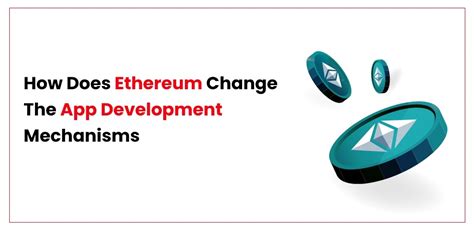Ethereum: Challenging the nature of Bitcoin deflation
One of the most common criticisms against Bitcoin is its deflation. The idea that digital currency like Bitcoin can lead to Deflden, where the value of new coins is reduced at a time, has long been discussed by economists and technology experts. But is this criticism valid? Can Ethereum change Bitcoin deflation targets?
The nature of Bitcoin Deflation
Indeed, Bitcoin’s original design introduced the deflation to its economy. The total amount of BTC is 21 million, which means that when all coins are mined, the system will no longer come. This limited supply is intended to prevent inflation and ensure that the value of each coin remains stable over time.
However, Bitcoin’s deflation has been a double -edged sword for its creators. Although it prevents inflation, it also leads to the total value of all existing coins. As more coins are mined, their relative values are reduced, which makes them less desirable and overall valuable.
Ethereum: case of deflation
So, can Ethereum change the deflation and tendencies of Bitcoin? In fact, the answer is yes, and Ethereum is designed for this very much.
gas ecosystem and intelligent contract market

The Ethereum network is built on a blockchain-based ecosystem that supports not only cryptocurrencies such as BTC, but also decentralized applications (DAPP), unspecified brands (NFT) and other digital funds. This extensive use cases have been created by an ecosystem, an innovation, growth and adoption of Foster.
In addition, the gas ecosystem, which is the underlying infrastructure of the Ethereum network to conduct events, is designed to encourage incentives to create new applications and intelligent contracts. Higher transaction fees related to the thesis are used to develop more complex and innovative projects. This creates a self -sufficient cycle that reduces the deflation pressure of Bitcoin.
Deflational tendencies in Ethereum
Although the Ethereum gas ecosystem is designed to promote innovation, it also introduces some deflation and tendencies to the economy. Higher transaction fees associated with certain functions can lead to an increase in demand for thesis services, which may increase its value over time. However, this effect is balanced by the fact that new developers are constantly creating new applications and introducing new applications, which helps to relieve the negative effects of inflation.
conclusion
In summary, while the nature of Bitcoin deflation is bone valid criticism, it does not necessarily mean that Ethereum follows its footprints. In fact, the gas ecosystem and the intelligent contract market have created through an ecosystem that promotes innovation and growth. By introducing some deflation tendencies to the economy through its gas ecosystem, Ethereum is able to promote a more dynamic and sustainable development environment.
Ultimately, it is possible to see if Ethereum can change the nature of Bitcoin deflation or not. But one thing is sure: the success of both ecosystems trusts their ability to attract developers, encourage innovation and ensure their long -term sustainability of their respect.